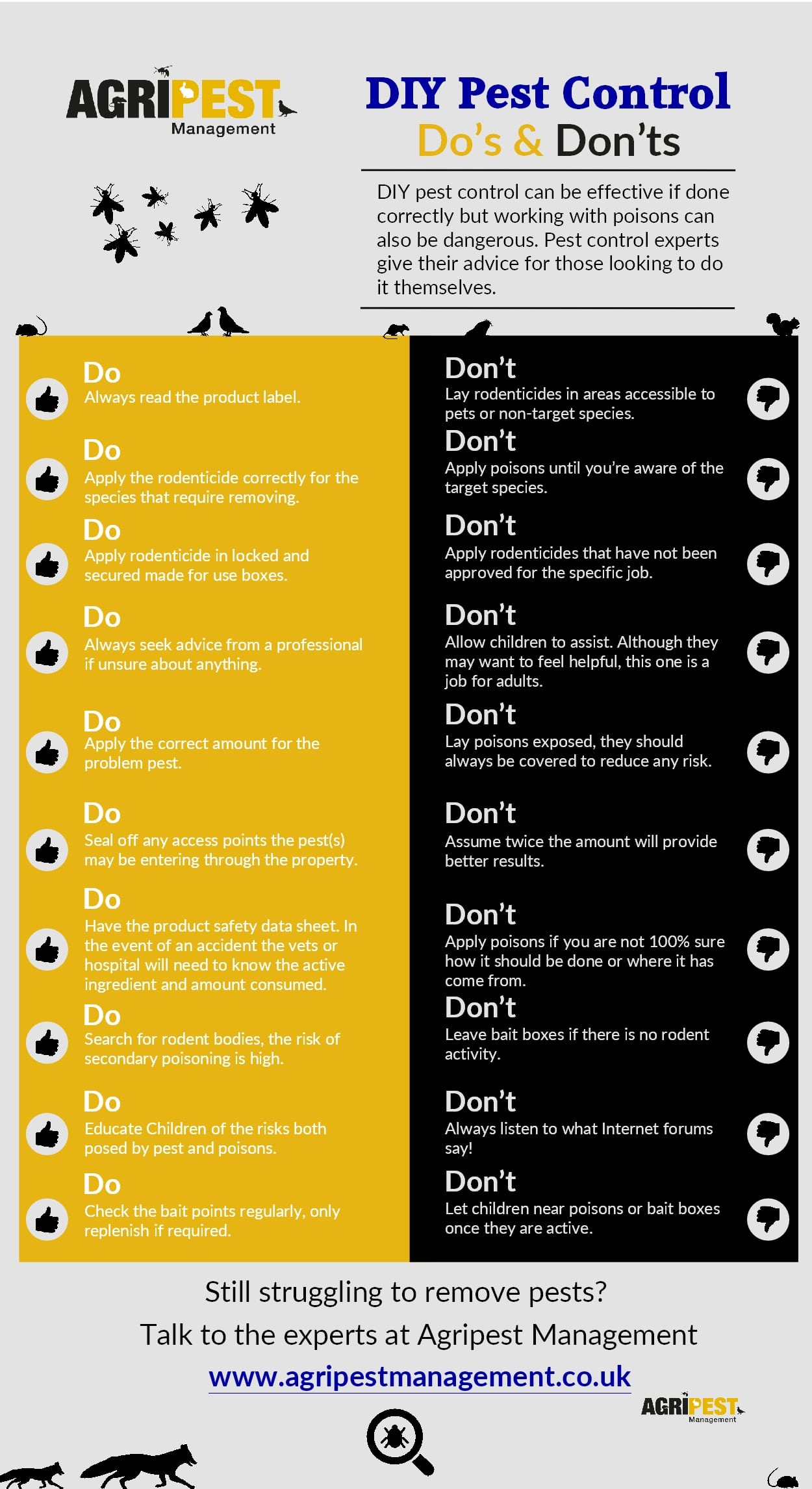Securing Your Attic From Rodents: Key Guidance For Homeowners
Securing Your Attic From Rodents: Key Guidance For Homeowners
Blog Article
Staff Author-Jenkins Snedker
Picture your attic room as a comfy Airbnb for rodents, with insulation as cosy as hotel cushions and electrical wiring much more attracting than room solution. Now, picture these undesirable guests tossing a wild event in your home while you're away. As a house owner, ensuring your attic room is rodent-proof is not practically assurance; it's about shielding your home and liked ones. So, what basic actions can you require to safeguard your refuge from these fuzzy trespassers?
Inspect for Entry Information
To begin rodent-proofing your attic, check for access factors. Begin by carefully checking out the outside of your home, trying to find any kind of openings that rodents can use to gain access to your attic room. Look for gaps around utility lines, vents, and pipelines, in addition to any type of cracks or holes in the structure or exterior siding. Make sure to pay very close attention to locations where various structure products meet, as these are common entry points for rats.
Additionally, check the roofing system for any type of damaged or missing out on shingles, in addition to any kind of gaps around the sides where rats can squeeze with. Inside the attic room, look for indications of existing rodent activity such as droppings, chewed cables, or nesting products. Use burton pest control oregon to extensively inspect dark edges and surprise areas.
Seal Cracks and Gaps
Inspect your attic room extensively for any kind of splits and gaps that require to be secured to stop rodents from entering. Rodents can squeeze through also the tiniest openings, so it's important to secure any type of prospective entry factors. Examine around pipelines, vents, cables, and where the wall surfaces fulfill the roofing. Make pest control for mice of a mix of steel wool and caulking to seal off these openings properly. Steel wool is an exceptional deterrent as rats can't eat with it. Make sure that all gaps are snugly sealed to reject accessibility to unwanted insects.
Don't forget the relevance of sealing gaps around windows and doors also. Usage climate removing or door sweeps to seal these areas effectively. Check the locations where energy lines enter the attic room and seal them off utilizing a suitable sealant. By taking the time to seal all cracks and spaces in your attic, you create an obstacle that rodents will certainly discover hard to breach. Prevention is key in rodent-proofing your attic, so be comprehensive in your initiatives to seal any kind of possible entry points.
Remove Food Sources
Take proactive procedures to eliminate or store all prospective food resources in your attic room to hinder rodents from infesting the room. Rodents are drawn in to food, so removing their food resources is important in maintaining them out of your attic.
Below's what you can do:
1. ** Store food safely **: Prevent leaving any food things in the attic. Shop all food in closed containers made from metal or sturdy plastic to stop rats from accessing them.
2. ** Clean up debris **: Remove any heaps of debris, such as old papers, cardboard boxes, or wood scraps, that rodents might make use of as nesting material or food resources. Maintain home pro pest control -free to make it less enticing to rats.
3. ** Dispose of garbage properly **: If you use your attic for storage space and have rubbish or waste up there, make certain to deal with it on a regular basis and effectively. Rotting garbage can draw in rats, so maintain the attic room clean and without any organic waste.
Final thought
Finally, keep in mind that an ounce of prevention is worth an extra pound of remedy when it pertains to rodent-proofing your attic.
By taking the time to check for entrance points, seal fractures and spaces, and eliminate food resources, you can maintain unwanted pests at bay.
Bear in mind, 'An ounce of prevention is worth a pound of treatment' - Benjamin Franklin.
Stay positive and secure your home from rodent invasions.
